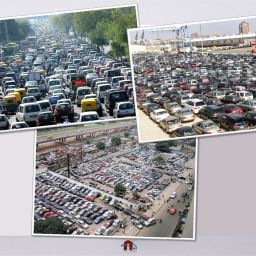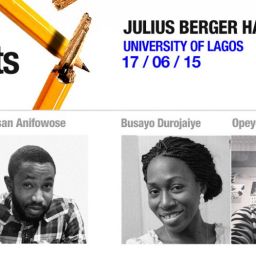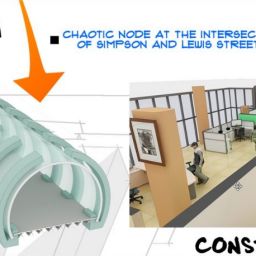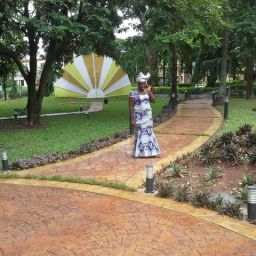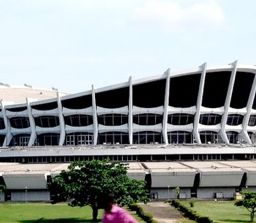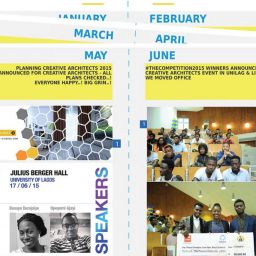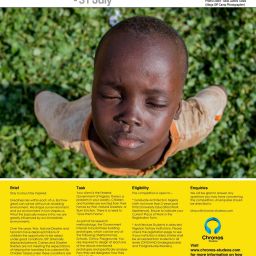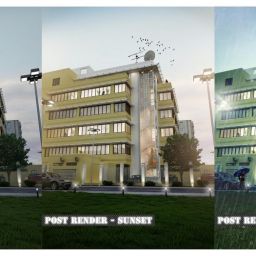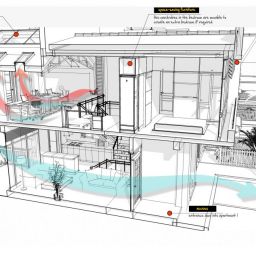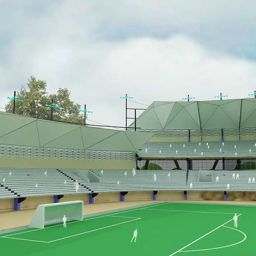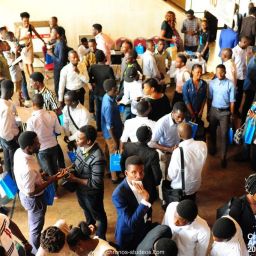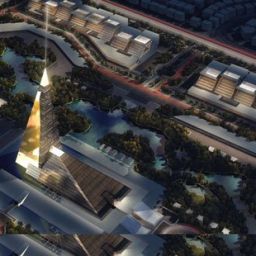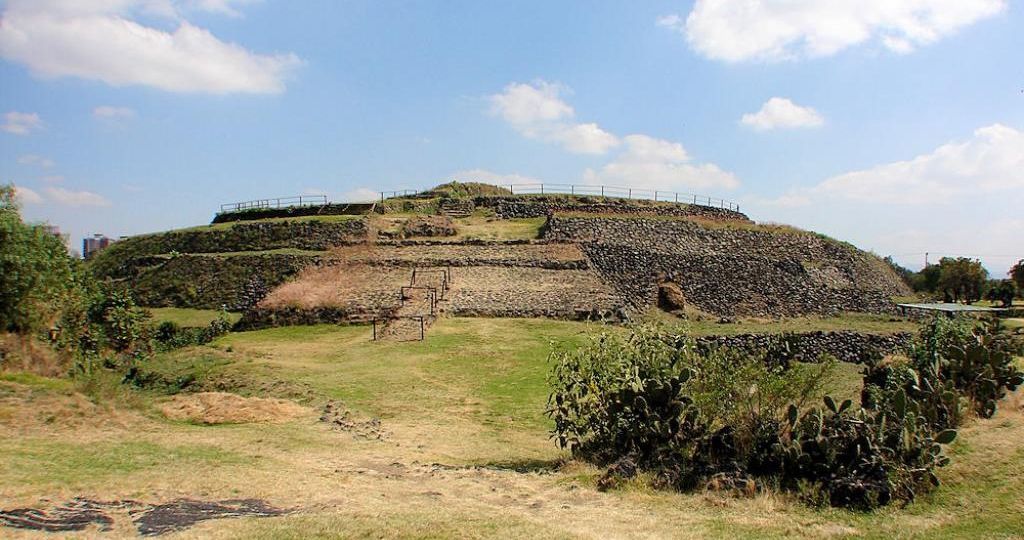
Located in the southern part of Mexico City, Cuicuilco was once a thriving culture that at its peak reached a population of 20,000.
Digging into the furthest reaches of my memories I will tell you a story about a great place lost in time and misinterpreted by history. It’s a place that has its roots in around 500 BC.
Consider that some of this information is gathered from folk tales of people long gone, whilst my personal memories of this same place are around 40-years old. The essence is still there, however, in Cuicuilco. My love of architecture began here, in Cuicuilco, with its circular pyramid and the ‘Temple of Knowledge’ located at the summit. Youngsters born in the 20th Century happily played at pretending to be the pyramid’s original inhabitants, who were known as the “Children of the Sun”.
Cuicuilco was over two hours drive from my childhood home, on the other side of the city close to “Xochimilco”; the remains of the volcanic eruptions that had occurred over the centuries gave the name to this part of the city, “Pedregal de San Angel”, which roughly translates as “St Angel’s Rockies”; one or several of these eruptions were made by a volcano now called “Xitle”.
The volcano had far more ramifications than being simply a spectacle to behold from a safe distance, for it is believed to have caused the disappearance of this once magnificent culture.

At its base, the Pyramid has an approximate diameter of 120 meters (398 ft). These days only the top can be seen as the rest is covered by a layer of dry lava which, in some cases, is more than 10 meters ( 33 ft) in depth.
My work as an Architect takes me far and wide, but I carry with me fond memories of two significant places in Cuicuilco: “The Temple of Knowledge”, which consists of a small rectangular construction at the summit of the hill of the moon, and the circular pyramid.
I clearly recall embarking on a 45-minute hike from the base of the hill of the moon to the summit, upon which we found the remains of the belief system of the children of the sun, “The Temple of Knowledge”. Sadly, this has since been destroyed by subdivisions and new construction. In the temple resided the guide of those people who daily meditated.
The Temple of Knowledge was covered with inscriptions. These essentially consisted of lessons learned over one life cycle, written down for eternity to teach and inspire the generations to come. Phrases such as those quoted here were not borne of religion or creed…
“The older time is the shorter it becomes.”
The phrases were lessons and experiences of life.
“In the light we are all but a shadow.”
Such phrases were reviewed and approved by the elders before being carved in stone and placed in the temple, the hope is that they would be messages of eternal wisdom from those who, long before, travelled the same path.

Memories of a childhood in which I climbed the ruins of Cuicuilco and admired the view helped ignite my lifelong passion for architecture. To my right was the circular pyramid and on the horizon lay the remains of a lake, a volcanic terrain view with green pastures, small lakes, and rolling hills. With only the smallest turn of my young head, I witnessed the demands of modern life increasingly imposing upon the historic ruins. Roads, shopping malls, and residential areas were increasingly under construction. The ruins that had withstood thousands of years were disappearing before my eyes.
While playing in the ruins we pretended to be the children who had lived back when the place was alive. We played around the temple, chatted with each other and imagined the guide of the children of the sun, “Itzmacoatl”, looking down upon the city, his face pensive and a little sad.
Everyone would come to Itzmacoatl for advice; men, woman, children… everyone that had a problem was always welcome. He was always quiet, always looking… Always there.
The pyramid was at the city centre, and from it radiated roads mimicking the spokes of a bicycle wheel in all directions. Housed in every section of this design were people with a skill. Nearby was a vocational school that would help everyone choose their trade. As the roads grew deeper into the horizon they would further subdivide, whilst following a radial structure. Each pie-shaped area had a truncated cone for services and a very sophisticated water supply system. The Community Hall was another prominent construction where, aside from the normal activities, children and elders without families would stay.
The social structure was a utopia for today’s standards. The goal of the society was love and peace, and the concept of wealth did not exist. There was no opportunity for power gathering. The elders that regulated the city were rotated for so many years.
So what caused this culture to disappear?
History shows that the constant eruptions of the nearby volcano made the people of Cuicuilco migrate in the direction of Teotihuacan.
Around 100 years after the founding of the city, one of the greatest unknown civilizations of ancient America was making its mark in the world. It was a civilization that lasted over 500 years.
And now?
Some may view it as little more than a pyramid covered in lava and some rock in a hill now called by a different name.
Those of us who retain a keen love of history and architecture, however, should continue to celebrate, and perhaps even be inspired by, those elders and their children who called a pyramid “home”…



